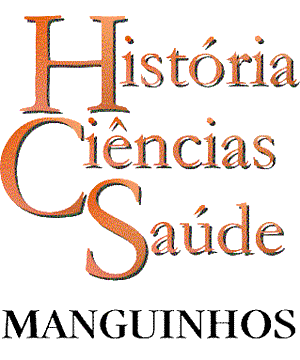Resumo em Português:
Resumo Analisa o caderno de laboratório, espécie documental produzida a partir dos registros da atividade científica, e seus diferentes tipos, bem como seu uso e seus formatos na pesquisa biomédica. A reflexão se apoia na pesquisa em andamento sobre os documentos dos laboratórios do Instituto Oswaldo Cruz e na relação destes com os conceitos, métodos, técnicas e práticas da arquivologia. A metodologia compreendeu, além de pesquisa bibliográfica, a aplicação de questionário, entrevistas e diagnóstico dos arquivos, nos quais se buscou identificar a gênese documental, as espécies/tipologias presentes e as práticas de manutenção e uso dos registros provenientes de 15 laboratórios. Discute ainda o caderno aberto de laboratório, formato disseminado no âmbito do debate contemporâneo da ciência aberta.
Resumo em :
Abstract This article analyzes the different types of laboratory notebooks, a type of document produced from the records of scientific work, along with their uses and formats in biomedical research. This reflection is based on current research involving documents from laboratories at the Instituto Oswaldo Cruz and their relationship with the concepts, methods, techniques, and practices of archive studies. The methodology includes bibliographic research, a questionnaire, interviews, and archive diagnostics, which were aimed at identifying the originating documentation, the types which are present, and the practices involved in maintaining and using records from 15 laboratories. We also discuss the open lab notebook, a format
